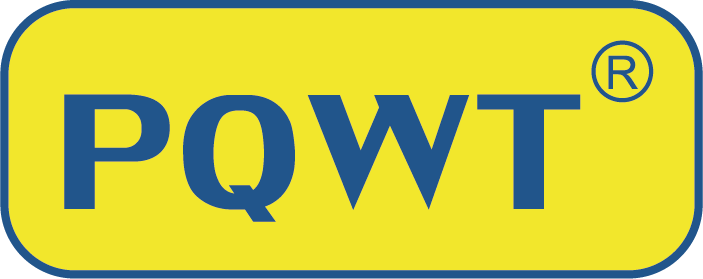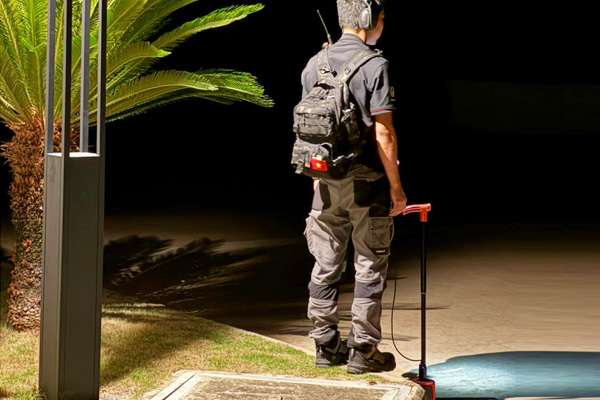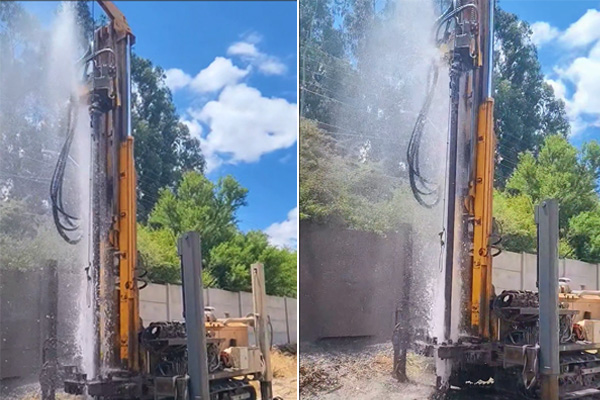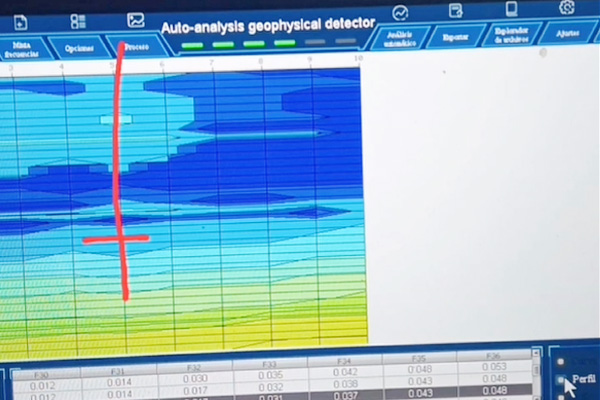In modern society, water is the source of life and an essential resource for sustaining economic and social activities. However, due to natural aging, accidental damage, or improper construction, water pipe leaks can occur from time to time. This not only wastes valuable water resources, but may also lead to structural damage to buildings, property damage, and negative impacts on the environment. The emergence of water pipe detectors provides an effective solution for detecting and locating water pipe leaks, and they are key tools for protecting water resources and maintaining infrastructure security.
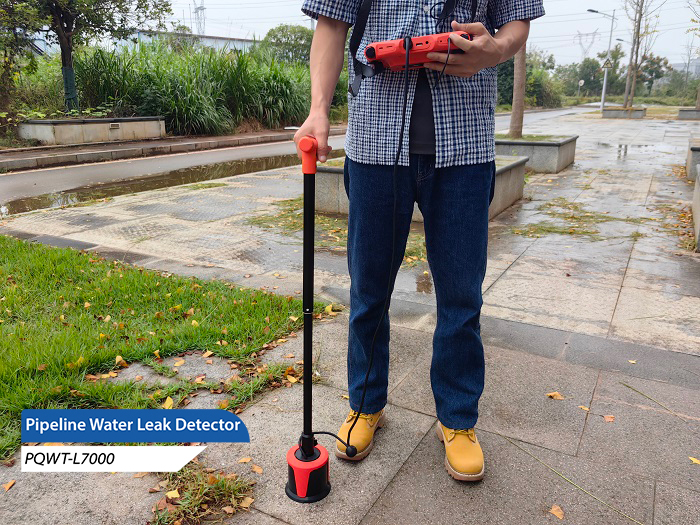
Working principle of water pipe detector
Water pipe detectors typically use techniques such as acoustics, thermal imaging, humidity sensing, or flow analysis to identify potential leak points. Here are several common working principles:
1. Acoustic detection: This is one of the most traditional methods for water leakage detection. By placing sensors on the surface or pipelines to capture vibration or sound signals caused by water flow, these signals are amplified and transmitted to a receiver, and technicians can determine the location of water leakage based on changes in volume and frequency.
2. Thermal imaging technology: Using infrared cameras to scan the ground or walls, as the temperature in the leaking area is often lower than the surrounding environment, thermal imaging can clearly display the temperature difference, thereby helping to locate the leaking point.
3. Humidity sensing: Some advanced leak detection devices are equipped with probes that can sense changes in moisture levels. When abnormally high humidity readings are detected, it indicates the possibility of water leakage.
4. Flow monitoring: The intelligent flow meter installed in the water supply system is used to monitor the water consumption. If there is a sudden increase in water consumption without obvious reasons, it may be due to internal leakage.
Application Fields
Water pipe detectors are widely used in multiple fields, including but not limited to:
Urban water supply network: Regularly inspect underground pipelines to ensure the efficiency and reliability of the public water supply system.
Industrial facilities: prevent downtime and material loss caused by pipeline rupture during the production process.
Residential and commercial buildings: Protect homes from hidden water leaks and reduce unnecessary water expenses.
Agricultural irrigation system: Optimize water resource utilization, increase crop yield while saving costs.
Technological progress and development prospects
With the advancement of technology, water pipe detectors are becoming increasingly intelligent and efficient. For example, by combining Internet of Things (IoT) technology and big data analysis, current leak detection devices can not only quickly and accurately locate the leak point, but also predict possible future problems and achieve preventive maintenance management. In addition, remote leak detection devices carried by drones are gradually being applied to water pipe detection work in hard to reach areas, greatly expanding the application scope of traditional detection methods.
In short, water pipe detectors are not only effective tools for addressing the current challenges of water scarcity, but also an important component for ensuring the healthy operation of social infrastructure. In the future development, we look forward to seeing more innovative technologies applied in this field, making water leakage detection easier, more accurate, and environmentally friendly.



